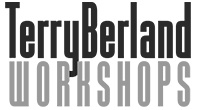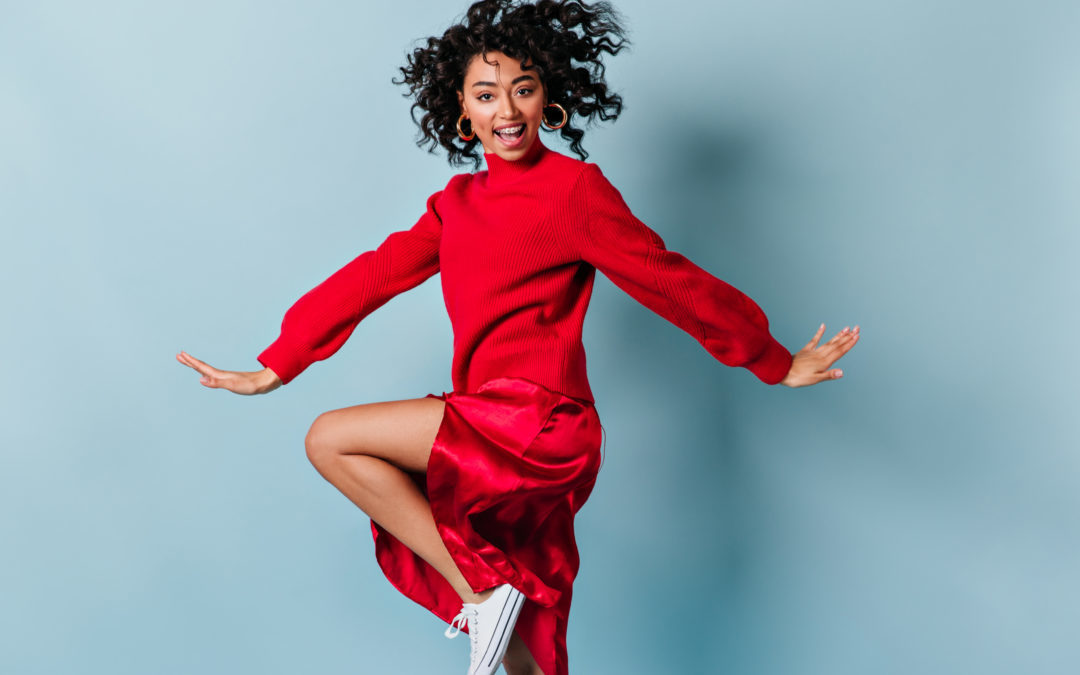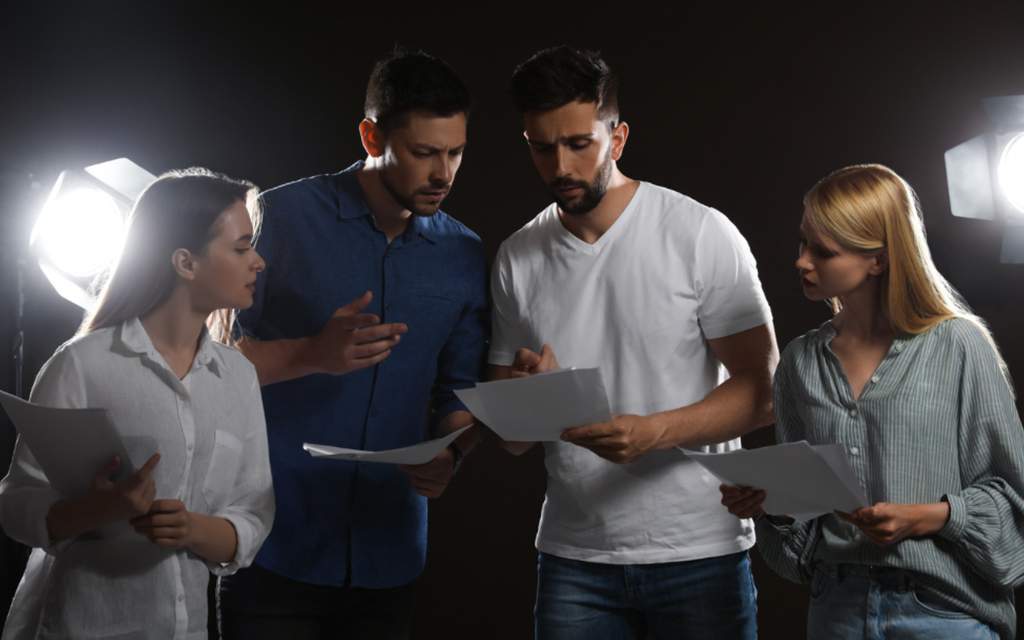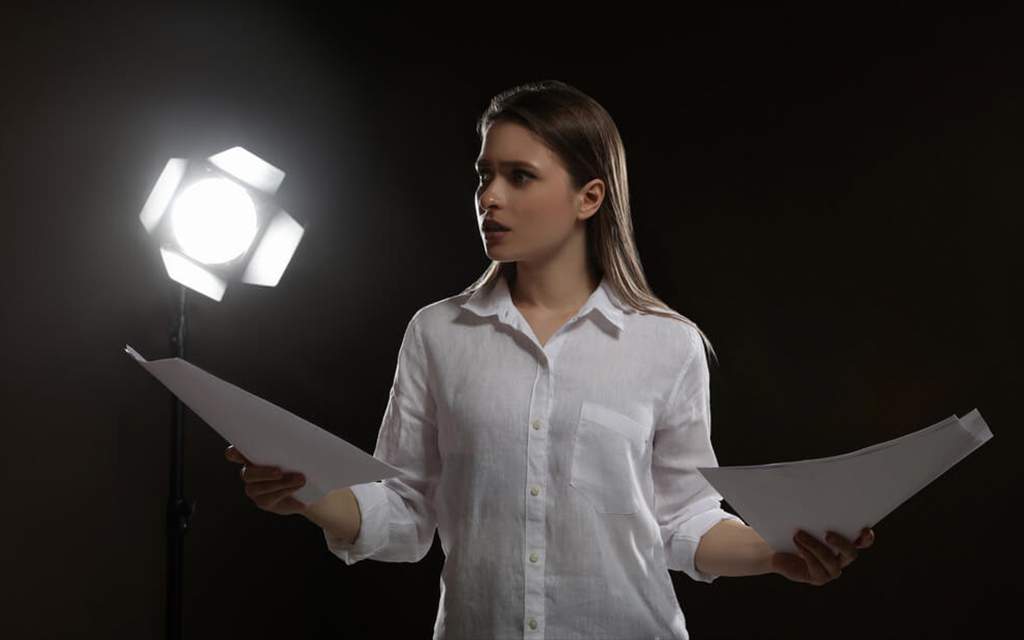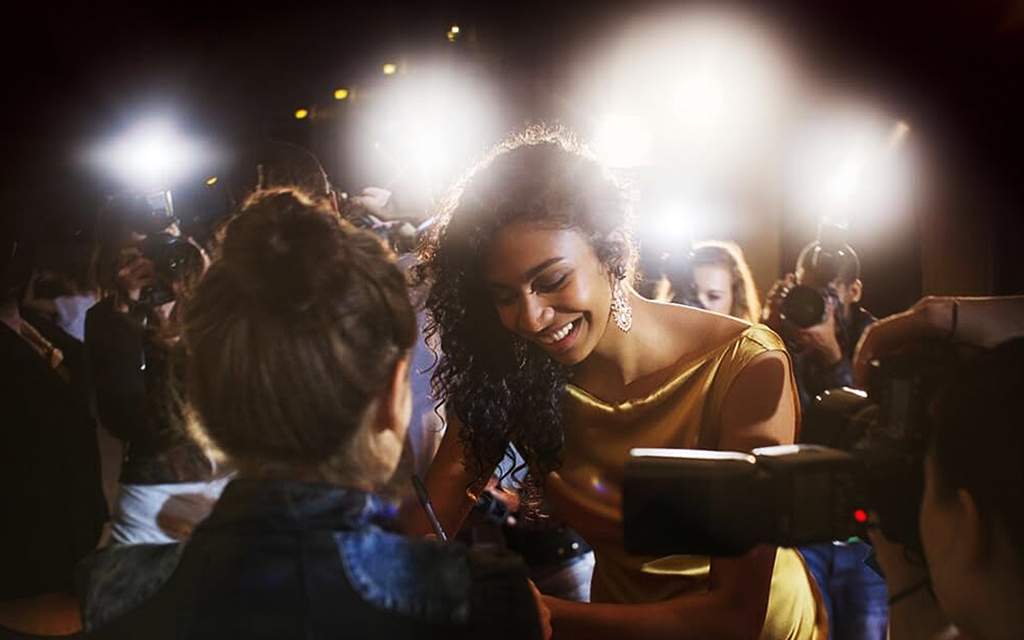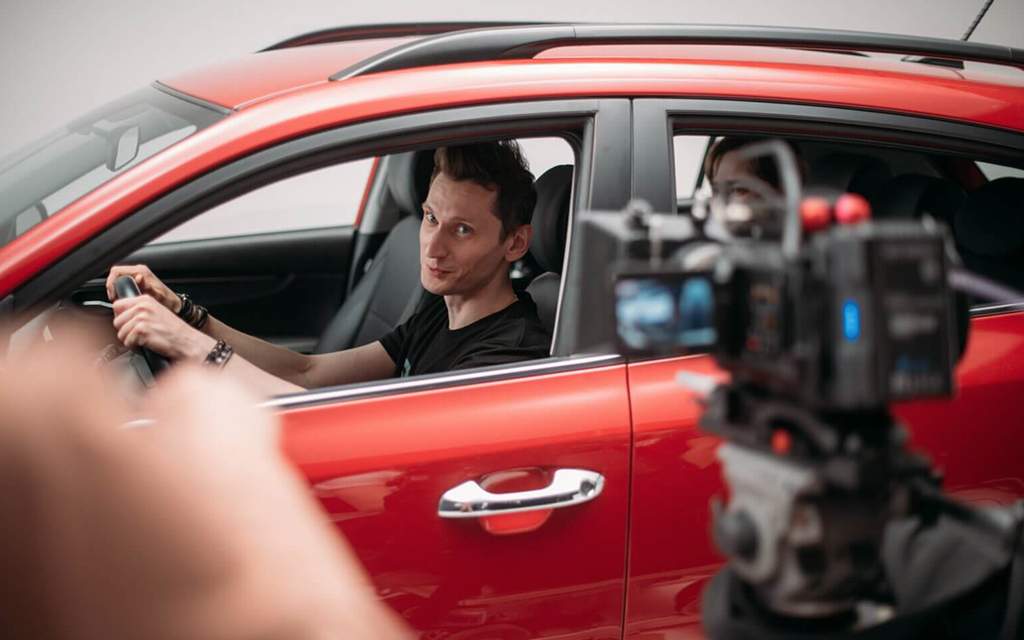Written for Casting Networks News by Terry Berland @berlandcasting.
Body language can make or break a commercial audition. If you think that body language isn’t important in a commercial audition because of space constraints or because you’re only being filmed from the waist up or because the audition is quick, you’re making a big mistake.
As you focus on familiarizing yourself with the lines, following instructions, hitting your marks and making character choices, you might be missing one very important element of a callback-worthy audition: your body language.
Even though the camera is only capturing you from the waist up, who you are as a whole person is just as important in a commercial audition as in a film audition.
To ensure that your body language doesn’t get left out of the equation, here are some elements to keep in mind.
How you’re holding your shoulders. If you’re the victim, your shoulders might be slouched or held weakly. If you’re sassy, confident or confrontational, your shoulders might be pushed back, conveying strong intention.
What you’re doing with your arms. Who you are relative to whom you are talking to and in what environment determines what to do with your arms. To keep your performance real, be aware that part of how you express yourself is through hand and arm gestures. If you’re talking to a friend, casual conversational gestures would be in order. If you’re in a board meeting or portraying a lawyer making an argument, your gestures would be firm and resolute.
How you’re holding your knees. Be sure not to lock your knees. Locking your knees will cut off any energy you need to fulfill your character choices.
How you’re walking. If you’re in a casual setting, say, leisurely going to meet a friend for coffee, your walk would be carefree, with little sense of intention. If you’re late or going to an important meeting, your walk might project briskness and urgency.
How quickly you move your head. How fast you move your head is part of body language, too. If you’re very surprised by something, you’d turn your head faster than if you were contemplating something or dreading whatever or whoever it was you were turning toward.
Change of facial expressions. Using the eyes as an example, if the situation was comical, your eyes might flit, bat or dart, adding to the energy of the scene. If the shot was close and the scene was not broadly comical, your choice of eye movement and facial expression would be more subdued. You’d either be instructed or the script would give you hints as to how to modulate the scene’s comic energy, whether broad or subtle.
How you’re relating to someone else in the scene. How closely your stand next to the person you’re sharing the scene with suggests a relationship. Looking toward the person you’re sharing the scene with creates a relationship. Averting your look from the other person creates a different dynamic, i.e., an isolated energy that excludes the other person. Once you decide what your relationship is, you can decide what sort of body language to use.
Expressing fear. Leaning slight away from someone or something can be used to express fear.
Expressing curiosity. You can lean towards something to express curiosity.
Understanding that body language is a major component of who you are and the message you’re seeking to convey will make all the difference between a serviceable audition and a successful one worthy of a callback.
If you want to sharpen up on your commercial acting technique, follow this link to Terry Berland’s Commercial Acting workshop.
